Art & Exhibitions
Ben Davis’s 20 Most Memorable New York Museum Shows of 2015
Featuring Rachel Rose and Martin Wong.
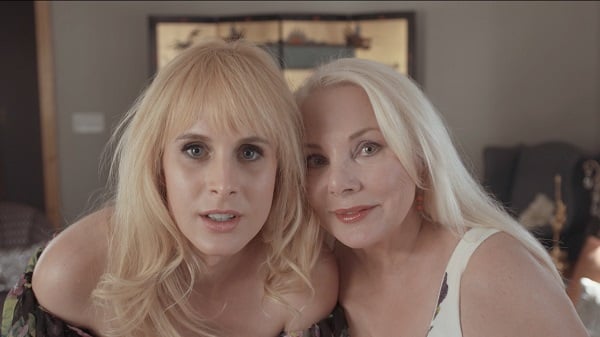
Featuring Rachel Rose and Martin Wong.

Ben Davis

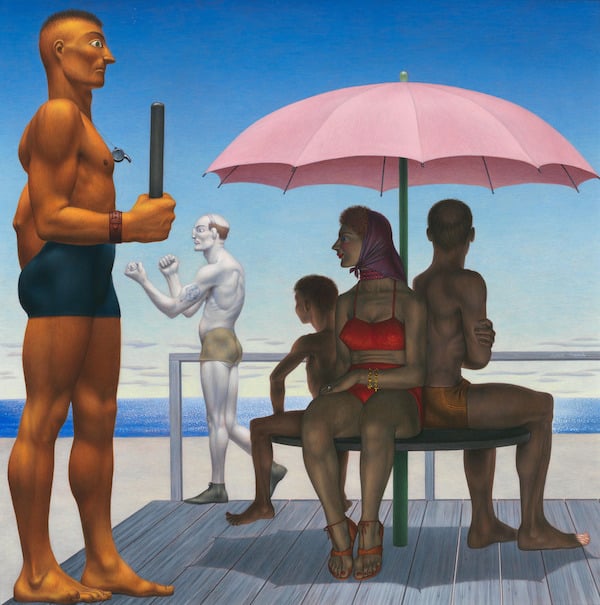
Jared French, State Park (1946) from “America Is Hard to See” at the Whitney
Image: Courtesy Whitney Museum of American Art
We’re getting some of our end-of-the-year “Best Of” duties out of the way early here at artnet News. I’ve already offered some picks for “Most Memorable New York Gallery Shows;” here’s the bigger list, of museum shows that I’m giving thanks for this year. Enjoy!
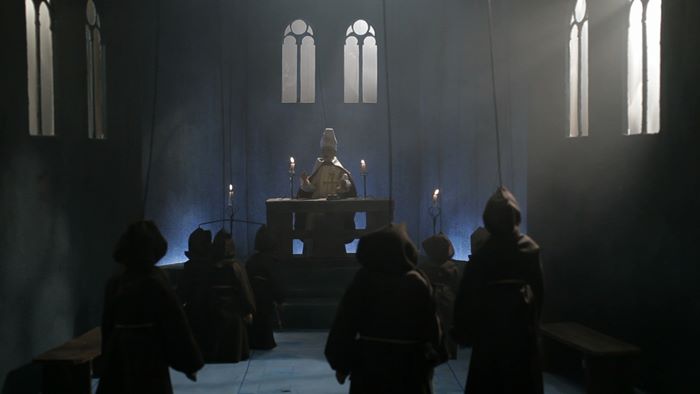
Wael Shawky, Cabaret Crusades: The Horror Show Files, 2010, HD video, color, sound, 31 minutes, video still. Courtesy the artist and Sfeir-Semler Gallery, Beirut / Hamburg.
1. “Wael Shawky: Cabaret Crusades” at MoMA PS1, Jan. 31-Sept. 7, 2015
I have to agree with my colleague Brian Boucher that the Egyptian artist’s edifying and engrossing marionette retelling of the Crusades, in all their bloody extremism, is “nothing short of a marvel.”
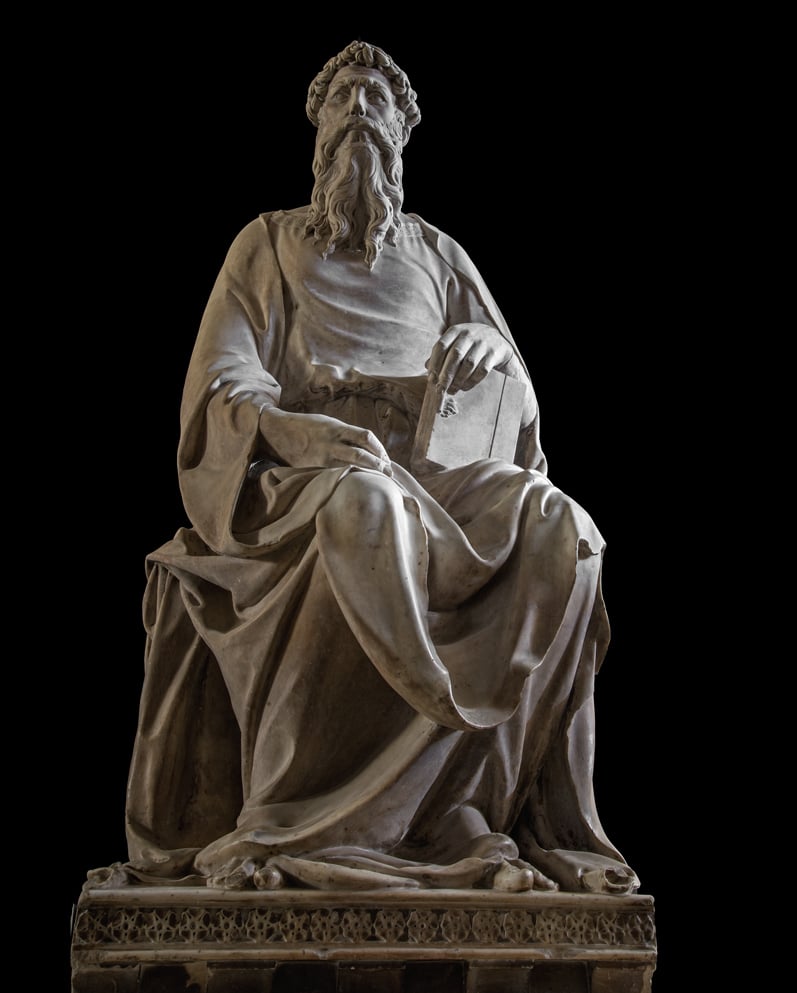
Donatello, St. John the Evangelist
(1408–15).
Photo: Antonio Quattrone © Opera di Santa Maria del Fiore.
2. “Sculpture in the Age of Donatello: Renaissance Masterpieces from Florence Cathedral” at the Museum of Biblical Art, Feb. 20-June 14
It’s ironic that this scintillating and singular display of, among other things, Renaissance great Donatello’s stunningly expressive Saint John the Evangelist, proved to be the last chance to visit this quirky institution before it shuttered.
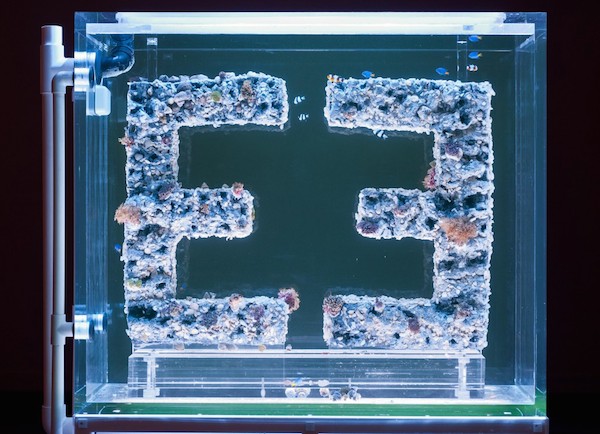
Antoine Catala, Distant Feel (2015), from the New Museum Triennial
Image: Courtesy of the artist and 47 Canal
3. “2015 Triennial: Surround Audience” at the New Museum, Feb. 25-May 24
This is a controversial one, but for me the Ryan Trecartin and Lauren Cornell-curated New Museum Triennial helped define a channel-surfing aggregationist sensibility in contemporary art, as well as providing a cache of four or five touchstones that I think I’ll come back to—which is about as good as this kind of show can do.
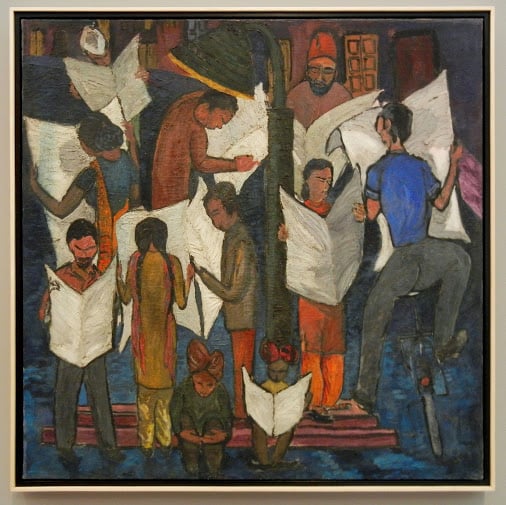
Krishen Khanna, News of Gandhiji’s Death (1948)
Image: Courtesy Queens Museum of Art
4. “After Midnight: Indian Modernism To Contemporary India 1947/1997” at the Queens Museum of Art, Mar. 8-Sept. 15
The main event here was a survey of very-contemporary art from India. But for my money, what made the show was the subsection dedicated to the immediate post-Partition period of Indian art history, offering the chance to get a handle on the work of the Progressives—M.F. Husain, S.H. Raza, F.N. Souza, and others—whose signature styles of modern painting are increasingly recognized as one of the important achievements of the era.
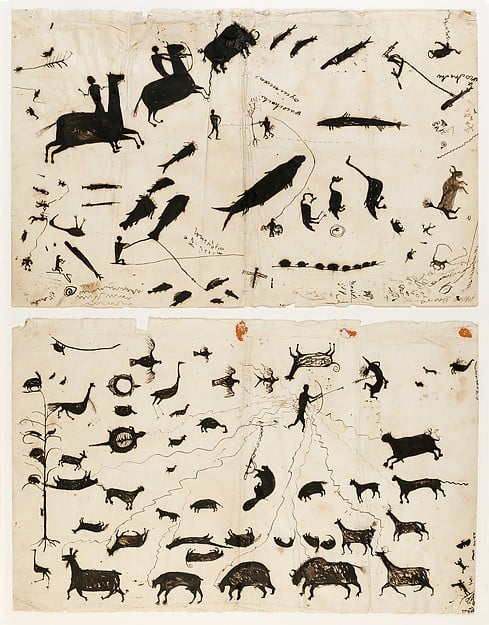
Attributed to Wacochachi, Drawing the Artist’s World (ca. 1830)
Image: Courtesy the Metropolitan Museum of Art
5. “The Plains Indians: Artists of Earth and Sky” at the Metropolitan Museum of Art, Mar. 9-May 10
The subtitle was “Artists of Earth and Sky,” and this landmark show certainly made the case for both the artistic beauty and the symbolic potency of its outstanding collection of artifacts. And yet the story that it told of resilience and dispossession is much, much bigger than art.
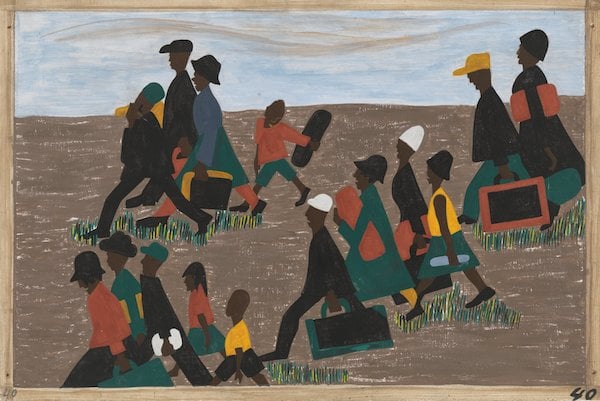
Jacob Lawrence, The Migration Series: Panel 40 “The migrants arrived in great numbers” (1940-41)
Image: Museum of Modern Art © 2015 The Jacob and Gwendolyn Knight Lawrence Foundation / Artists Rights Society / Digital image © Museum of Modern Art/Licensed by SCALA / Art Resource
6. “One-Way Ticket: Jacob Lawrence’s Migration Series and Other Visions of the Great Movement North” at the Museum of Modern Art, Apr. 3-Sept. 7, 2015
In a year when the violent legacy of racism was very much in the news, Lawrence’s famed “Migration Series” proved suddenly topical. And yet, the 1940s-era masterpiece was so much more than that, revealing itself to be, perhaps, one of the 20th century’s best examples of history painting.
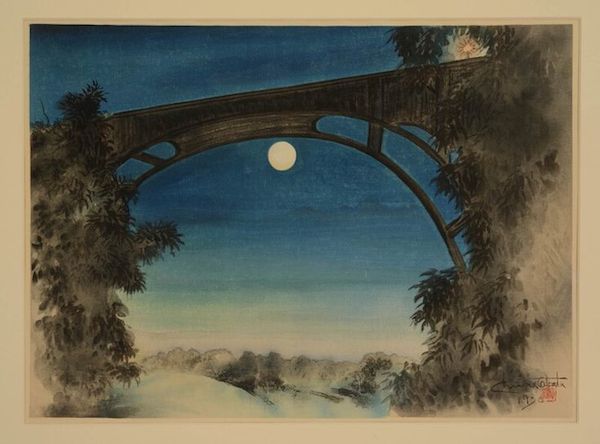
Chiura Obata, Full Moon, Pasadena, California (1930)
Image: Courtesy Whitney Museum of American Art
7. “America Is Hard to See” at the Whitney Museum of American Art, May 1-Sept. 27
While this show was not exactly a total rethinking of US art history, it was the beginning of a rebalancing, with the Whitney Museum presenting its “Greatest Hits” (Alexander Calder’s Circus, Jay DeFeo’s The Rose) beside unconventional picks like Chiura Obata’s dreamy depictions of American landscapes in the style of Japanese woodblock prints.
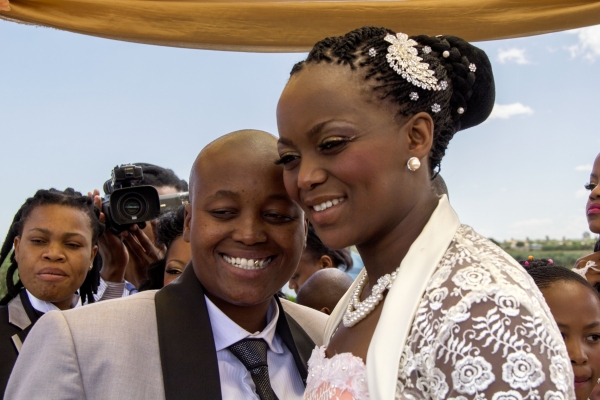
Zanele Muholi, Ayanda & Nhlanhla Moremi’s Wedding. Kwanele Park, Katlehong, 9 November 2013 (2013)
Image: © Zanele Muholi / Courtesy Stevenson Gallery and Yancey Richardson
8. “Zanele Muholi: Isibonelo/Evidence” at the Brooklyn Museum, May 1-Nov. 8
A self-described “visual activist,” the South African artist’s black-and-white portraits of the country’s LGBTQ community bespeak a clear-eyed defiance—which made her nearby display of color photos of lesbian weddings seem all the more joyous.
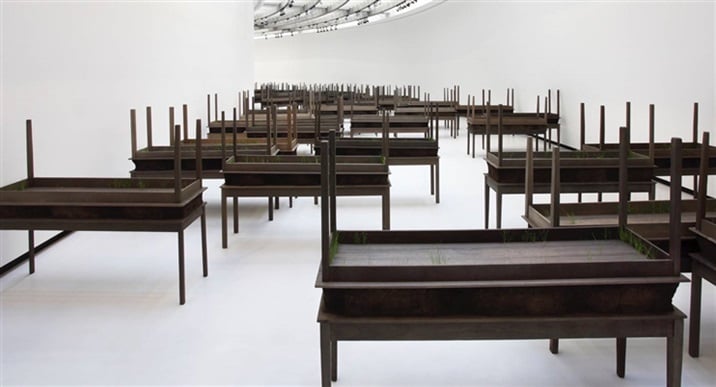
Doris Salcedo at the Guggenheim
9. “Doris Salcedo” at the Guggenheim Museum, June 26-Oct. 12, 2015
The Colombian artist’s commanding oeuvre is a model of how less can be more, her terse, elemental use of common materials suggesting a tragedy so big that it shines through everywhere even as it is impossible to fully express.
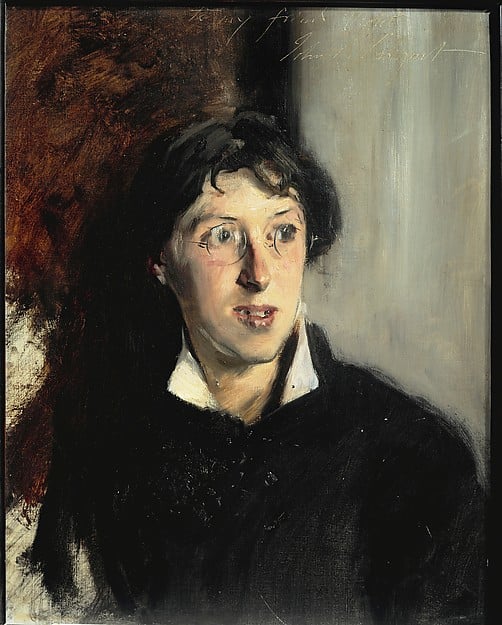
John Singer Sargent, Vernon Lee (1881)
Image: Courtesy Metropolitan Museum of Art
10. “Sargent: Portraits of Artists and Friends” at the Metropolitan Museum of Art, June 30-Oct. 4, 2015
Sargent is practically synonymous with stylishness in portraiture—and, as it turns out, perhaps more stylishly ahead-of-his time than you thought, as illustrated by this cache of adroit, less-official works of friends and confidants.
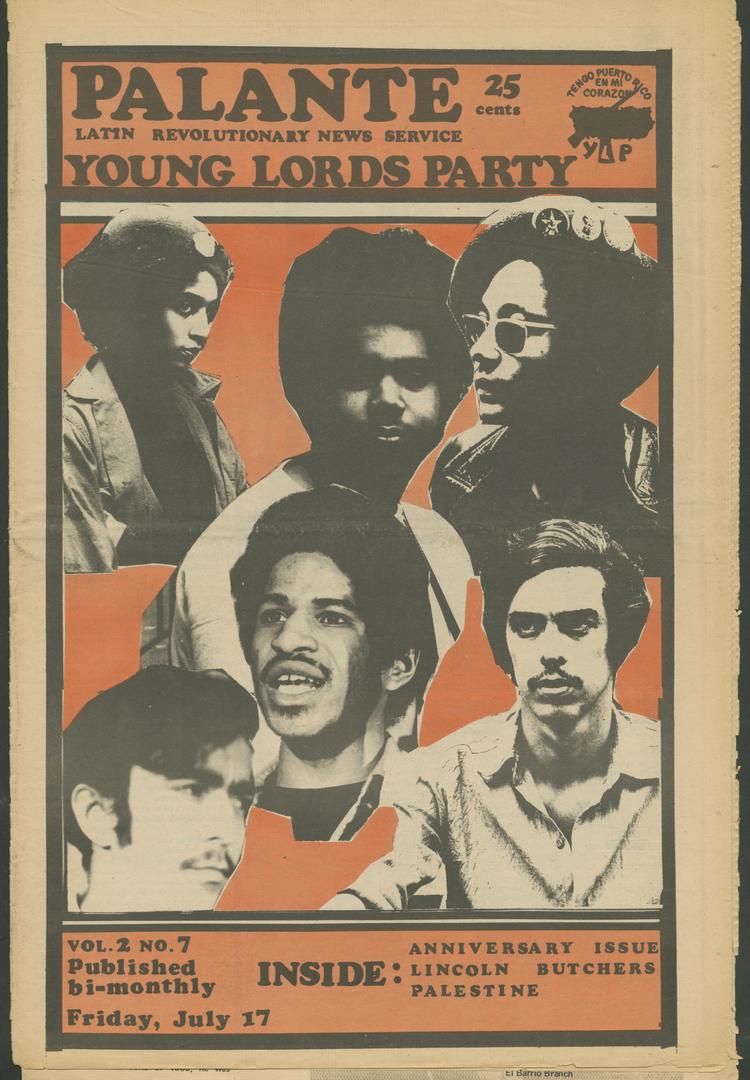
The Young Lords Organization, Cover of Palante newspaper (Volume 2, Number 7, July 17, 1970)
Image: Courtesy of Tamiment Library & Robert F Wagner Labor Archives
11. “¡Presente! The Young Lords in New York” at the Bronx Museum of the Arts, July 2-Oct. 15; El Museo del Barrio, July 22-Dec. 12; and Loisaida Inc., July 30-Oct. 10
The history of the Young Lords—the radical Puerto Rican activist group that galvanized New York in the late 1960s—is scandalously under-known. Here it is told through their prodigious graphic output, their newspaper, and documents of their ingenious, media-savvy political actions. Not to be missed: the section of the exhibition at Loisaida Inc. on the Lower East Side, which spotlights the group’s Gay and Lesbian Caucus, an initiative that smashes stereotypes by showing the Young Lords to have been one of the most forward-thinking left-wing groups on issues of sexuality in their pre-Stonewall days.
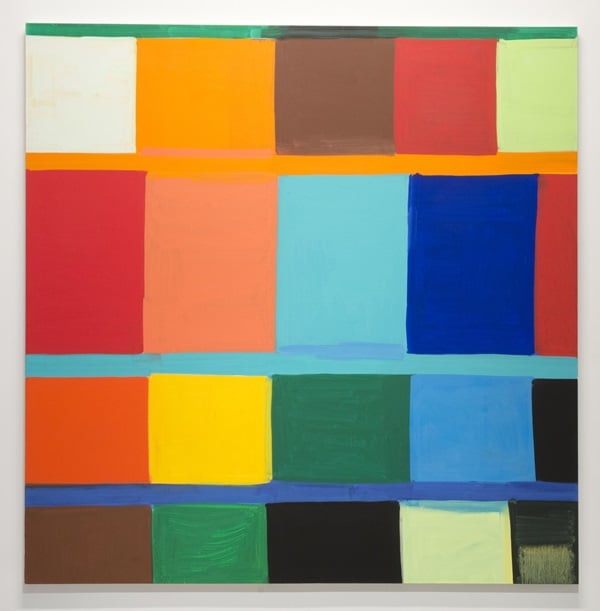
Stanley Whitney.
Courtesy Team Gallery.
12. “Stanley Whitney: Dance the Orange” at the Studio Museum, Harlem, July 16, 2015-Oct. 25, 2015
Built of luscious blocks of color, Stanley Whitney’s paintings have both an extraordinary consistency and an extraordinary subtlety, and his newest stuff is as good as anything he’s ever done.
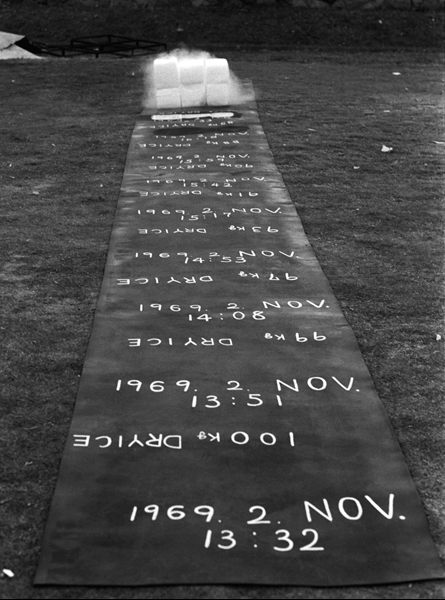
Hitoshi Nomura, Dry Ice (1969)
Image: Courtesy Fergus McCaffrey
13. “For a New World to Come: Experiments in Japanese Art & Photography, 1968-1979” at Grey Art Gallery, Sept. 11-Dec. 5; Japan Society, Oct. 9-Jan. 10, 2016
A nice scholarly look at a period in Japanese art that saw two seemingly contradictory, but essentially intertwined developments: new strands of austere conceptual photography, and the development of what is called the “are, bure, boke” (“grainy, blurry, and out-of-focus”) style most associated with the towering Japanese photographer Daido Moriyama, one of the medium’s all-time greats.
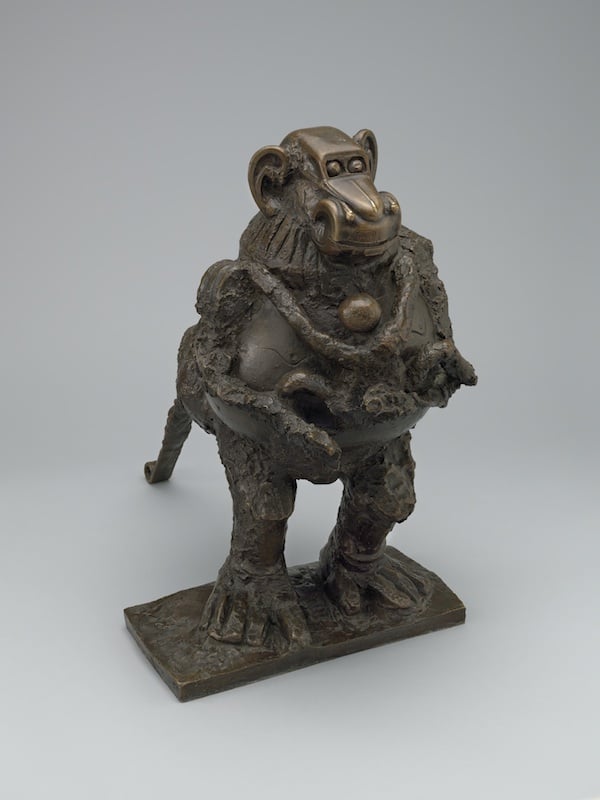
Pablo Picasso, Baboon and Young (1951)
The Museum of Modern Art / © 2015 Estate of Pablo Picasso / Artists Rights Society
14. “Picasso Sculpture” at the Museum of Modern Art, Sept. 14-Feb. 7, 2016
It is difficult indeed to tell a new story about an artist whose work has been picked over in such voracious detail—but this show succeeds with aplomb.
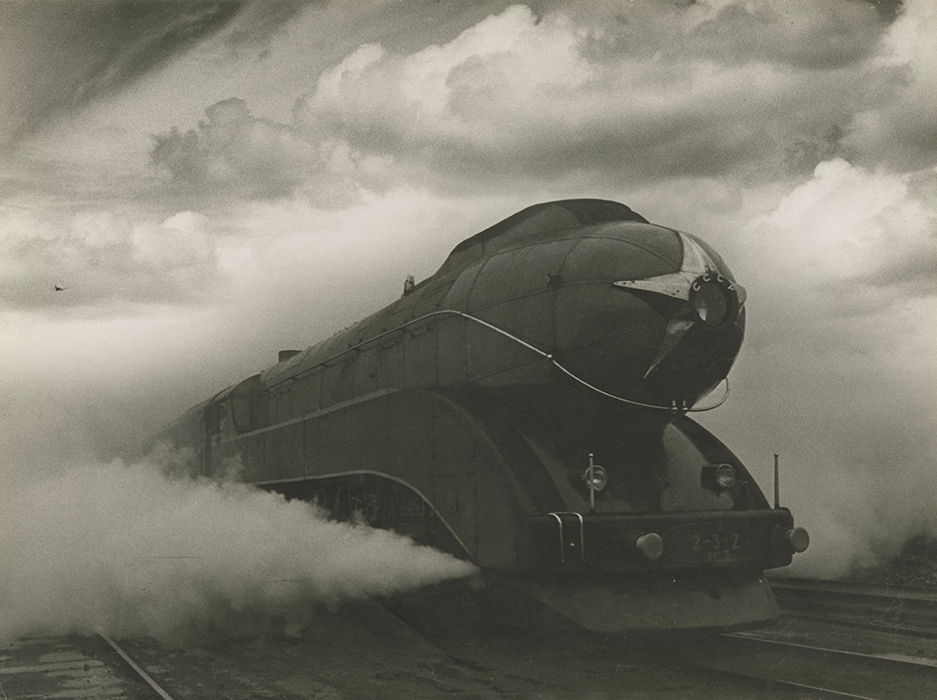
Arkady Shaikhet, Express (1939)
Image: Nailya Alexander Gallery
15. “The Power of Pictures: Early Soviet Photography, Early Soviet Film” at the Jewish Museum, Sept. 25-Feb. 7, 2016
The tale of the brutal twists and turns of the relationship between experimental art and political compromise in the first decade of the Soviet Union is one often told (though not usually with much subtlety), but the vibrancy and drama of the art it produced is undeniable.
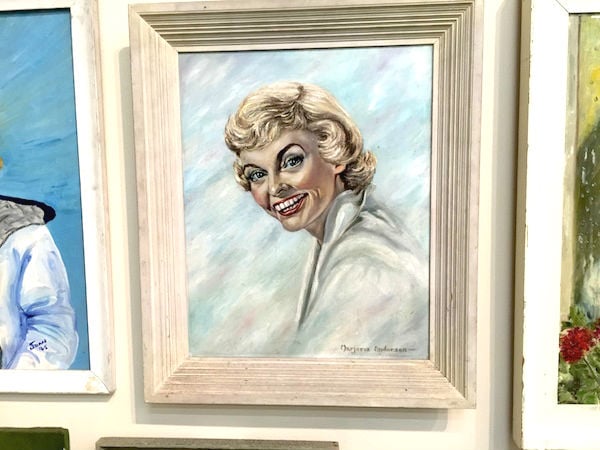
From Jim Shaw’s “Thrift Store Paintings” at the New Museum
16. “Jim Shaw: The End Is Here” at the New Museum for Contemporary Art, Oct. 7-Jan. 10, 2016
Shaw’s art is cool enough, but the showcase of his oddball collections of thrift store paintings and religious paraphernalia makes the case for how much energy you can get by just opening your spiritual radio to the wilder frequencies of American life.

Zackary Drucker, film stills from Southern for Pussy (2015). Image: Courtesy of the artist.
17. “Bring Your Own Body: Transgender Between Archives and Aesthetics” at Cooper Union, Oct. 13-Nov. 14
Curators Jeanne Vaccaro and Stamatina Gregory’s celebration of “the visionary and imaginative spirit of transgender liberation” was suitably broad-minded to capture the political zeitgeist, with material ranging from police mugshots of transgender women of color from the 1960s, through the work of pioneers like Genesis Breyer P Orridge and Vaginal Davis, to the output of artists like Mark Aguhar and Effy Beth, who spun work about how gender identity functions online (and who both, sadly, died young).
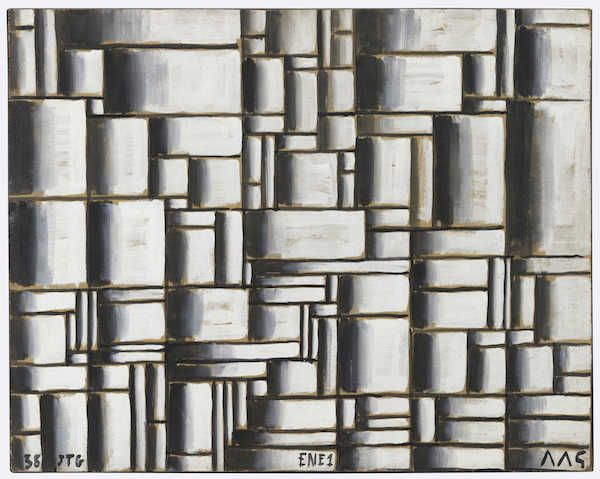
Joaquín Torres-García, Construction in White and Black (1938)
Image: Courtesy Museum of Modern Art
18. “Joaquín Torres-García: The Arcadian Modern” at the Museum of Modern Art, Oct. 25-Feb. 15, 2016
The brilliant, rigorous, titanically influential Uruguayan modernist’s hieroglyphic spin on Cubism and Neo-Plasticism looks today both wildly fresh and resolutely classic.

Rachel Rose, still from Everything and More (2015)
Image: Courtesy Whitney Museum of American Art
19. “Rachel Rose: Everything and More” at the Whitney Museum of American Art, Oct. 30-Feb. 27, 2016
The connecting thread of Rose’s trancey video is the narration of an astronaut about the experience of traveling and returning from space. Wrapped around it are images of swirling chemicals and hectic raves, as if teasing some kind of primal cosmic aesthetic percolating beneath our earthly pleasures.
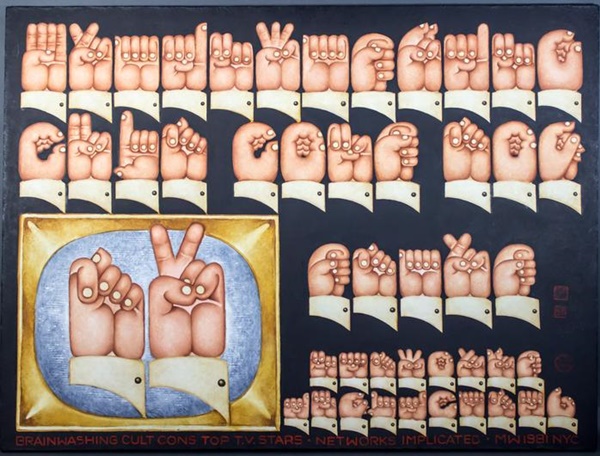
20. “Martin Wong: Human Instamatic” at the Bronx Museum of Art, Nov. 4-Feb. 14, 2016
Painter Martin Wong gets the mature career-encompassing survey he deserves (earlier this year, I reviewed a show of his early ephemera in San Francisco), including both his instantly recognizable, gritty-romantic brand of painting depicting Lower East Side life, as well as his eerily calm late works created after he returned to San Francisco.